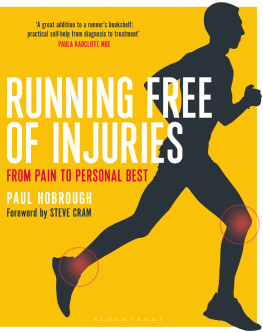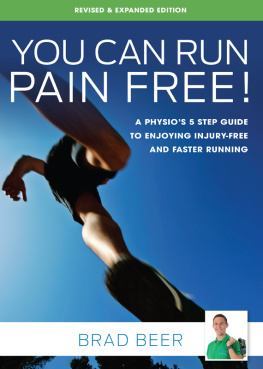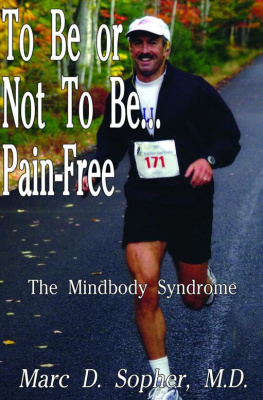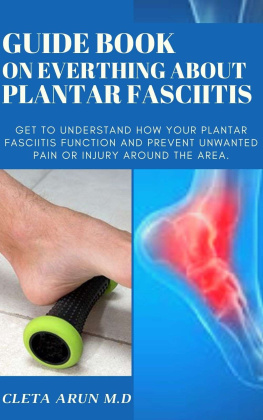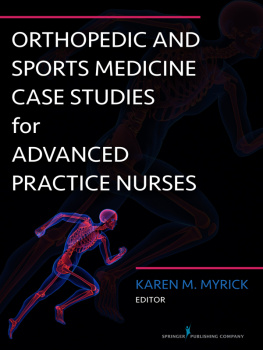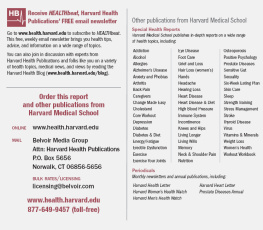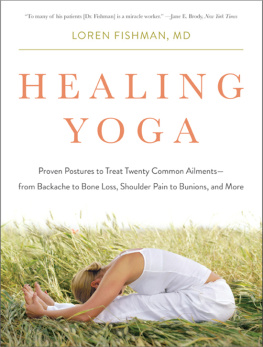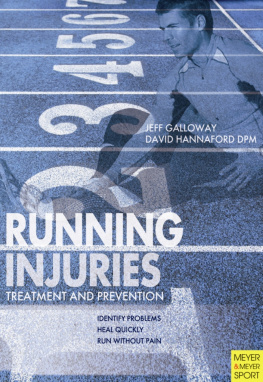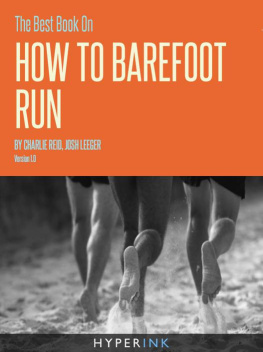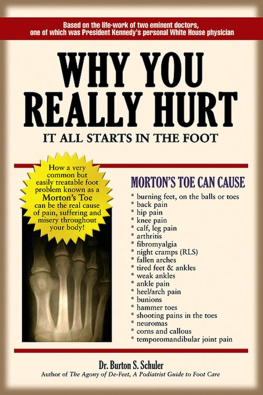
Bloomsbury Sport
An imprint of Bloomsbury Publishing Plc
50 Bedford Square | 1385 Broadway |
London | New York |
WC1B 3DP | NY 10018 |
UK | USA |
www.bloomsbury.com
This electronic edition published in 2016 by Bloomsbury Publishing Plc
Bloomsbury is a registered trademark of Bloomsbury Publishing Plc
First published in 2016
Paul Hobrough, 2016
Photos Grant Pritchard and Getty Images
Paul Hobrough has asserted his right under the Copyright, Designs and Patents Act, 1988, to be identified as the Author of this work.
All rights reserved
You may not copy, distribute, transmit, reproduce or otherwise make available this publication (or any part of it) in any form, or by any means (including without limitation electronic, digital, optical, mechanical, photocopying, printing, recording or otherwise), without the prior written permission of the publisher. Any person who does any unauthorised act in relation to this publication may be liable to criminal prosecution and civil claims for damages.
No responsibility for loss caused to any individual or organization acting on or refraining from action as a result of the material in this publication can be accepted by Bloomsbury or the author.
Library of Congress Cataloguing-in-Publication data has been applied for.
ISBN: 978-1-4729-1380-7 (PB)
ISBN: 978-1-4729-1381-4 (eBook)
ISBN: 978-1-4729-1382-1 (ePDF)
To find out more about our authors and their books please visit www.bloomsbury.com where you will find extracts, author interviews and details of forthcoming events, and to be the first to hear about latest releases and special offers, sign up for our newsletters.

FOREWORD

NOW WELL INTO MY FIFTH decade of running, I sometimes think of my body as a classic vintage car. The fast races are a distant memory but I still enjoy the odd spin around the block. Thankfully, all the parts are still there but it needs an expert and caring set of hands and eyes to coax them into action; a top mechanic who understands the thrill of pushing performance, the significance of each tiny component, plus the technology and knowledge to restore and maximize output. That man is Paul Hobrough. I trust my vintage chassis and engine to him, hoping the wheels dont fall off!
I trust him because I can recognize Pauls skill and ability as a physiotherapist. Over my many years as an international athlete and now as a more casual runner and coach to two of Britains top 1500m runners, I know how rare and important people like Paul are. His energy and enthusiasm are channeled into furthering his own knowledge and experience, which ultimately helps him deliver bespoke and effective interventions and injury management.
As a former world champion and world record holder, I had my fair share of injuries. It is an inevitable part of training and happens to runners of all levels. The key is who and what do you turn to? A good physio needs to be able to quickly recognize the problem, devise the correct treatment protocols and instigate a rehabilitation plan that gets the runner back doing what he or she loves best.
I have met countless physios over the years and while some have been better looking and others more intellectually challenging, Paul is the one who I recommend to friends. We have got to know each other well in recent years, although most of our conversations take place with my face planted well into his physio bed.
Paul has put an immense amount of effort into this book, with an emphasis on case studies from his many satisfied clients. His own experiences as an elite level sportsman and his exposure to others of a similar nature have driven his quest to improve and develop as a physiotherapist. Seminars, courses and hands-on activity have given Paul a comprehensive understanding of his trade with particular relevance to runners.
We are all looking for an easy fix. They rarely exist, but this book will surely give you a great reference to ensure you lose as little time as possible to niggles or more serious injuries.
I thoroughly recommend it to runners of all levels and abilities. This vintage vehicle in particular is hoping to keep on rolling along the roads and with Paul in my pit lane, then I feel confident that it can even if he occasionally encourages me to oil the wheels a little too much!
Steve Cram

INTRODUCTION
This book has been a long time coming Ive been writing it for years. The reasons for taking such a long time to get pen to paper are threefold: firstly, I considered the subject had been done already by a great many writers, secondly, I see on average 70 clients per week so when am I going to squeeze this in alongside work, three kids, a loving wife and my own training? But lastly and most pertinently, nobody had ever asked me! Writing a book isnt something that many people will ever do and I for one didnt want to take on the challenge with no real chance of anyone ever reading it. The opportunity came when I was commissioned by Bloomsbury Publishing to finally get this book out of my head and onto paper. In short, I would simply have to find the time.
When making a start, I decided upon three goals for the book:
I wanted this to be a book that enables you to take it off the shelf at point of injury and learn exactly what to do.
I desperately wanted the book to have personality, to get away from a dry, almost surgical read, so expect opinion, sentiment and, at times, effervescence in the text!
I have read plenty of scientific journals and also enjoyed the writings of Ben Goldacre in books such as Bad Science, but nobody wants me to ramble on too much about research and trials. I believe that you want factual help, safe in the knowledge that the information is bolstered by scientific evidence (and of course referenced properly where necessary).
No science is perfect, a great deal of the stuff we get sold is bad science (so be careful what you read in the papers), but we do need science to tell us right from wrong. Science tells us what happened to a group of participants in a controlled environment and then the results are used to inform the general public of best practice. Ask yourself this though, what similarities are there between you and the twelve American college athletes used as subjects in that piece of scientific research? We have to get information from somewhere, but that somewhere needs to be assessed for validity and evaluated in terms of scientific authority. I ask that you trust the information contained herein has been built up via education both formal (degrees) and informal, passed down from practitioner to practitioner and of course through lots and lots of reading.
I started accumulating knowledge for this book aged 14 when I first walked in to see the osteopath Ron Johnson, in Woking, UK, for significant back pain, which was seemingly going to end my career as a flatwater kayak paddler. He came highly recommended by my coach and three-time Olympian, Eric Jamieson, with tales of miracles performed by this man. Thats the thing that happens with a good practitioner, people talk about him or her and therefore marketing is not usually necessary.
Next page
